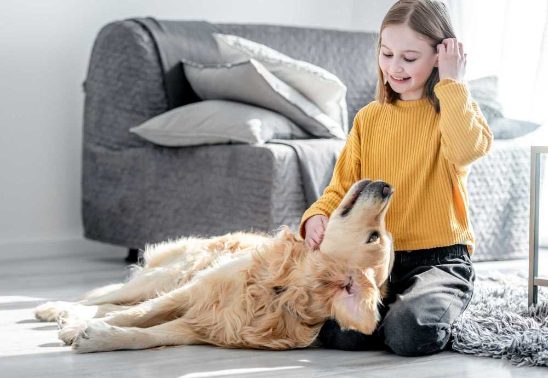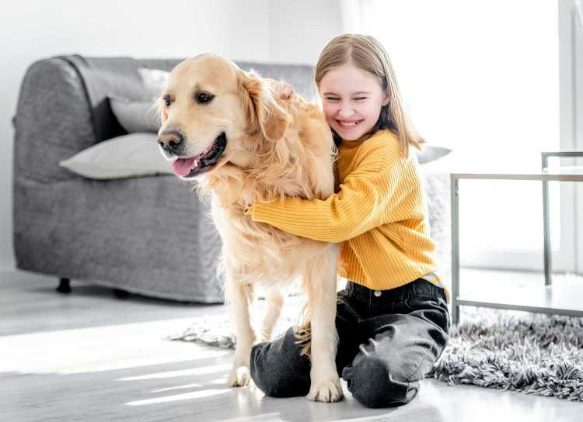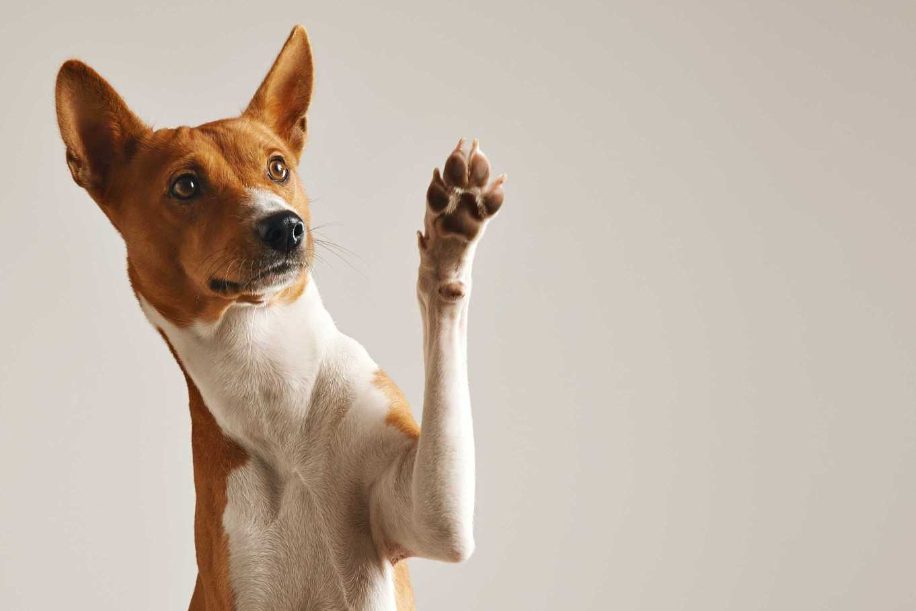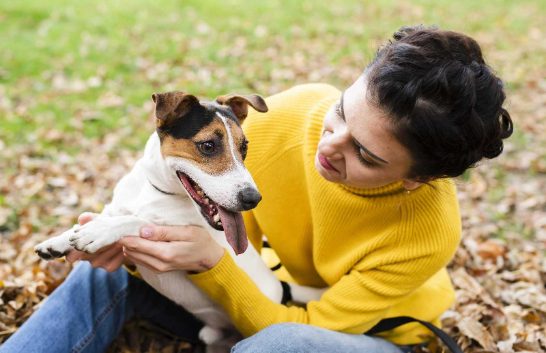
Understanding the ten types of dog body language your pupper uses that can help build a stronger relationship and improve communication. Cats are furry little creatures that can be difficult to decipher, but dogs are more open about their feelings and bodies!
Here, we'll tell you what some of those signals might mean so that when your pup starts doing some canine 'talking,' you know exactly what he's trying to say. Keep reading, and you'll soon be able to interpret your dog's body language, too!

1. The Play Bow
During playtime with another dog or a human companion, your pet will lower his front end while standing up on his hind legs. Not only will his tail start to wag a big way, but he'll also stick out his tongue – which can sometimes even curl up! It is one of the first things your pup will teach you, and it's both easy to identify and fun to practice.
2. The Look
Do you know how movie actors always look so intense, or a dolphin will turn its head every which way as it swims? It is precisely what your pet's look means. By tilting his head one way or another and getting his eyes to meet yours, he lets you know that he has something to say and wants to do so promptly!
3. The Doggy Dance
This one is often used as an invitation to play rather than an attempt at body language, but it still makes sense. When your pup wants to play, he'll begin by putting his front paws together in front of him and wiggling them while his tail is up. If you don't let him know that you're interested in joining in the fun, he can become overly exuberant – which could make you nervous or angry if you're not feeling the playful vibe!
4. The Pup Paw Hug
When your dog wants to say, "I love you," this is how he does it! He'll go around on all fours and give a big, furry 'paw' as a sign that he wants to be petted on the head, where his ears are located. The good news is that you can reciprocate this gesture by hugging him – with your hands!
5. The Tongue Flick
It is the first signal of stress that you'll be able to spot, and it's often easy to recognize. As your dog becomes increasingly anxious, his tongue will start to hang out of his mouth. When he begins licking the air, he may also start wagging his tail quickly and trying to get your attention.
6. The Headshake
Your pup will shake his head when unsure of something, but it doesn't always translate well as body language. You'll have to watch closely to see if he is shaking his head because he doesn't understand or is trying to tell you that there is a problem in a particular room.
7. The Doggies-On-the-Bridge Look
When your dog does something like this with another dog, it's because he wants her to pay attention to him! She may be ignoring him; if so, the little guy will start turning his head away in confusion while raising his eyebrows. Sometimes, he'll lift his ears to try to get her attention.
8. The Ear-Licking Gesture
This one is another easy one to spot – and it isn't hard to understand, either. If your pup sees or hears something bothering him, he'll start licking his ears. He may also begin shaking his head and keep away from the source of the problem until it goes away.
9. The Tail-Raising Signal
It is another common sign of stress and may be due to something that isn't your dog's fault, like another dog's barking. Since your pet will wait for a cue before engaging in this action, it may be hard for you to recognize it!
10. While shaking his head as if he doesn't understand what is troubling him, he'll begin wagging his tail rapidly – never stopping until you give him the okay that it's okay to let go. Another tug on his leash will make him stop the behaviour, though!

Cats are furry little creatures that can be difficult to decipher, but dogs are more open about their feelings as well as their bodies! It can help build a stronger relationship with your dog and improve communication.
We have come across some of the standard body language signals that dogs use to express themselves, and we hope you will like these signs. These are some of the most common dog body language signs. Keep yourself updated about them.
A single body language sign you can use to express your dog's emotions is growling. When growling, you'll find that your dog stretches out his muzzle and shakes his head from side to side, possibly even biting at something with his teeth.

Mr n Mrs Pet is a service that provides responsible dog breeding while guiding its customers through the steps of pet parenting. We have a wide range of pet products to take proper care of your animal companion, whether herbal remedies or organic food supplements.




0 comments:
Post a Comment